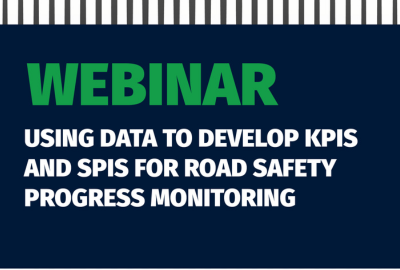
On 18 September, we hosted the latest EaP RSO webinar for National Data Coordinators, covering the use of Key Performance Indicators (KPIs) and Safety Performance Indicators (SPIs) for comprehensive road safety progress monitoring.
The webinar, which was attended by over 40 regional representatives, was led by EaP RSO Expert Data Consultant, Egidijus Skrodenis. It focused on why we need to go beyond counting crashes and casualties for meaningful analysis of road safety performance.
Setting KPIs and SPIs are both essential for understanding underlying operational conditions or our road transport systems and thus informing effective strategies and policies for improvement. Safety Performance Indicators (SPIs) focus on predicting and preventing dangerous, rare events in road safety. They are proactive metrics, identifying behaviours or infrastructure gaps that could lead to crashes, whereas KPIs typically assess results, such as the actual number of crashes or fatalities.
Most countries collect and analyse KPIs but SPIs tend to be used less often. During the webinar, Egidijus argued that only when available crash and casualty counts are supplemented by a set of SPIs is it possible to better explain systemic developments in safety performance over time and evaluate the systemic impacts of countermeasures.
Data on key risk factors such as speed, seat belt and helmet use, drink driving, etc. as well as data on the type of crash and characteristics of any person involved are all important elements to cover when setting SPIs. This data can be collected through various means ranging from police reports and camera enforcement data to special surveys, observations, or in-vehicle data devices.
Egidijus shared how Lithuania uses an integrated approach to data collection and setting SPIs. With this kind of available data, it is possible to identify and allocate resources for high impact. It enables a strategic approach to road safety, building a safe system and ensuring a marked reduction in crashes and casualties.




